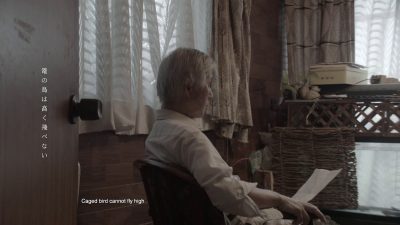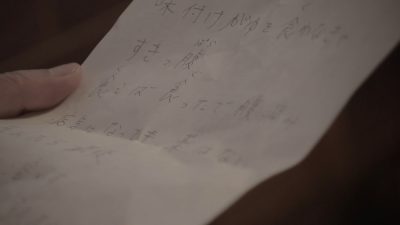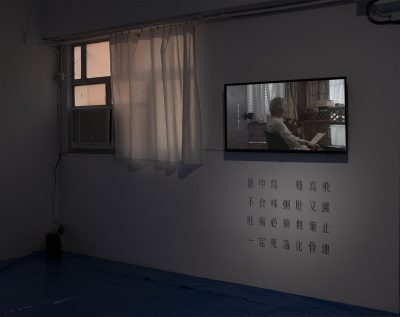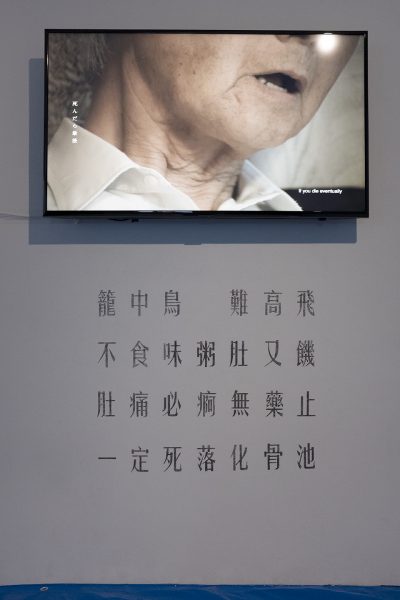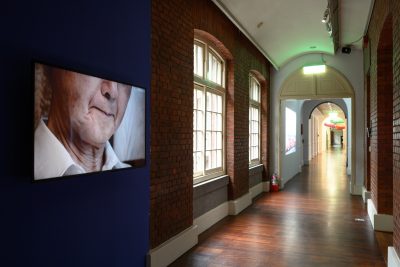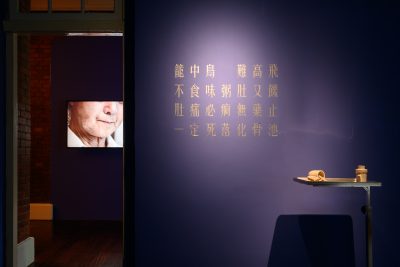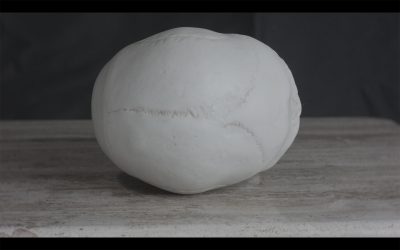Part III: The Enka Singer (2019)
Single-channel video
16:9 | HD | 1’45” | Colour | Stereo | Japanese | Chinese,Japanese and English Subtitle
The bodies of deceased refugees were thrown into the Pond of Bone Corrosion. There were two concrete ponds in 20 meters wide, 5 meters long and 5 meters deep at the camp. The corpses were transported to pond and dissolved by chemical agent. In the peak period, over 50 corpses were processed daily. The pond was an invention by Unit 8604 (among all biological units) to efficiently process the corpses, but at this time there were still some remaining that could not be processed and buried. There were more than 1200 human bones exhumed from the site, where becomes a paper mill now.
–Testimony by Maruyama Shigeru, 1994
According to Unit 8604 veteran Toyokichi Eguchi, he recalled how he handled the refugee corpses in the camp, clearly referring to two newly constructed architectures that used for naturally corrupting the dead bodies, it matches what 1st Bacteriological Research Unit leader Maruyama Shigeru’s colleague Matoba Morika mentioned, “Pond of Bone Corrosion” (Sha Dongxun, 2005). Besides, a refugee named Feng Qingzhang (also known as Feng Qi) mentioned popular doggerel in the camp:
Caged birds cannot fly high
You eat the seasoned congee otherwise you will starve
Once you finish it
You will suffer from stomach ache and diarrhea without cure
Your body will be thrown to the pond after you die
